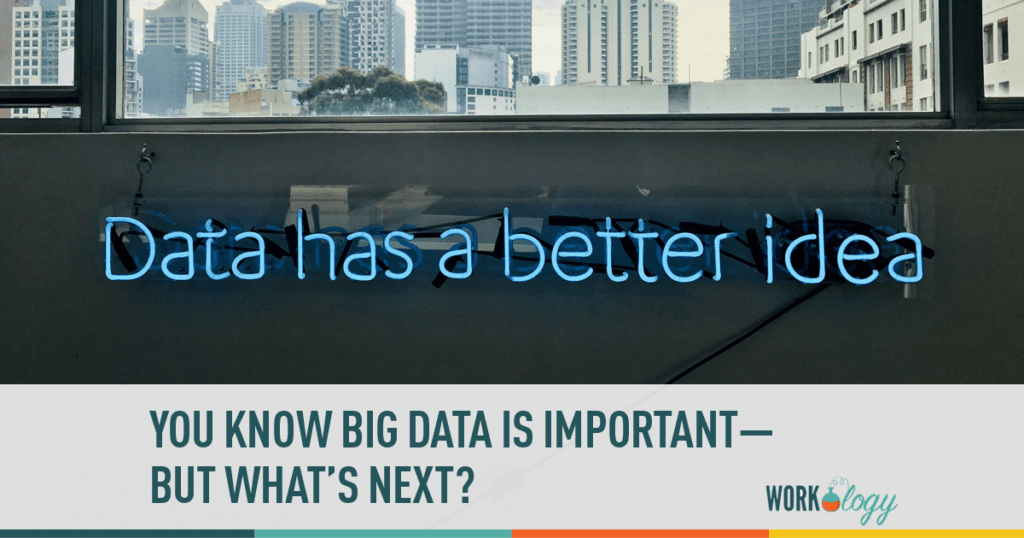Take a look at CEO and Chief Blogger, Jessica Miller-Merrell’s SXSW Panel Picker section over the importance of Big Data in Technology.
Large businesses seem to have it all, sometimes. Huge offices, huge bank accounts and huge hiring budgets to keep the hallways lined with analysts to direct every move. Small businesses don’t have that luxury, and they have to eke out efficiency gains from every decision they make. However, that doesn’t mean that you can’t innovate and be on the cutting edge—you just need to do it in a more affordable and realistic way.
Big Data—Why Does it Matter?
There is no single reason why you may need big data. The easiest way to decide why you may need it is to learn more about what it does. Check out the Be a Big Data Marketing Hero guide to learn about how big data and marketing go hand-in-hand. This guide will also give you a full view of what big data really is and includes case studies that highlight how some companies are making full use of it.
Step 1: Plan
To start simply, think about what information you’re currently missing that would be worth knowing. Here are some simple examples of how big data could be useful:
- Identify traits of best consumers, so you can market to people like them
- Accurately predict profit fluctuations based on product releases, seasons and times of day
- Track successes and failures in marketing efforts
- Narrow marketing focus based on which channels produce the best results
Step 2: Find Your Data
There are two types of data: primary and secondary. Primary data is collected for specific purposes through surveys, experiments and observations. It’s data you may already have, even if you haven’t attempted to put it to use yet. Think of the piles of customer records you have on file—that’s primary data about your demographic. This type of data relies on you to have a means to analyze it (but we’ll get to that in the next section).
Secondary data is collected by another entity, and may not directly apply to your situation. However, it’s already been analyzed and distilled down by someone else. It’s considered less useful since it doesn’t deal with your exact business, but it’s affordable and easy. Think of it as the fast food of data collection: It’s easy to find, cheap to use and fills at least one need, unlike the homemade primary data, which has to be made from scratch and requires a somewhat-stocked kitchen.
You’ll probably want to use a mix of both primary and secondary data. If you need an answer to a more general question or something that hasn’t applied to your business yet, look for secondary information. It often comes from marketing companies, competitors or industry journals. If you need to make a big decision based on data and you need precision, go with primary data. It’s also useful for those in niche markets who can’t find studies that relate to their issues.
Step 3: Find Your Tools
Every kitchen needs a few basic gadgets. Your business needs a few tools to function, too. When it comes to analyzing big data, you need an integrated marketing management (IMM) solution that can interpret your data in a variety of ways. An IMM solution builds databases as you go, along with working off of the initial input.
IMM solutions are often workhorses. Make sure that whichever one you choose can do more than just spit out analytics. Many can also provide you with an email marketing platform, budget software and workflow solutions. Your IMM should be filling as many job titles as you do.
Small business owners are just as savvy as the big guys; they’re just not working with as many tools. Make sure big data is one of the things you can count on to support your business. The more you know about your customers, after all, the more you can reach them.
Take a look at CEO and Chief Blogger, Jessica Miller-Merrell’s SXSW Panel Picker section over the importance of Big Data in Technology.








